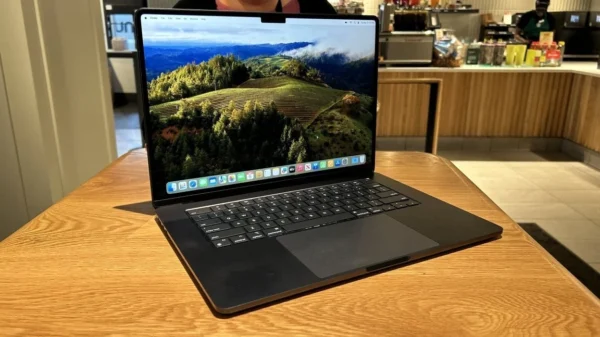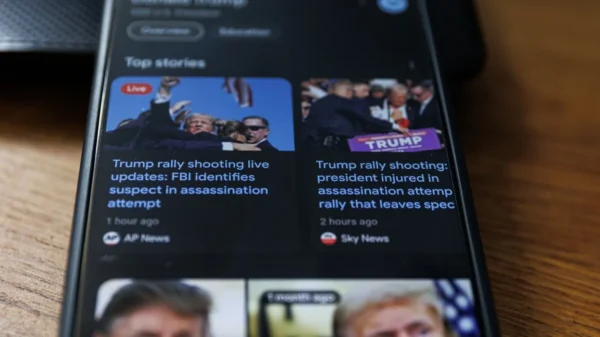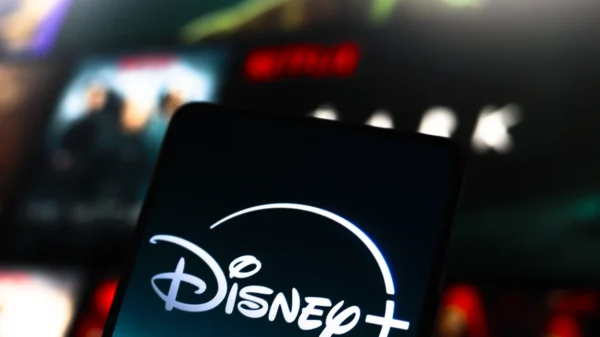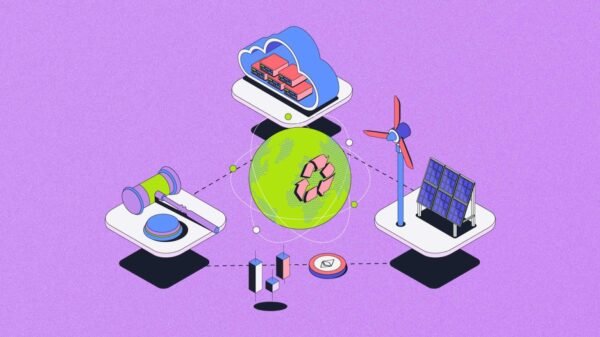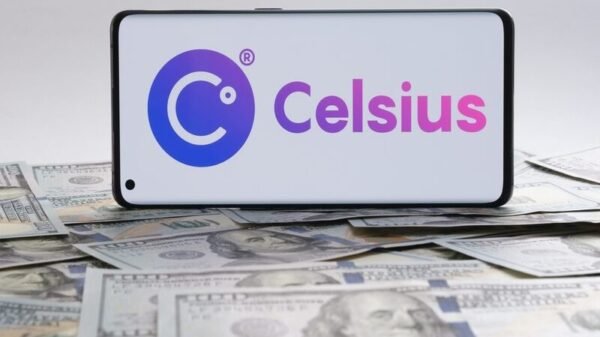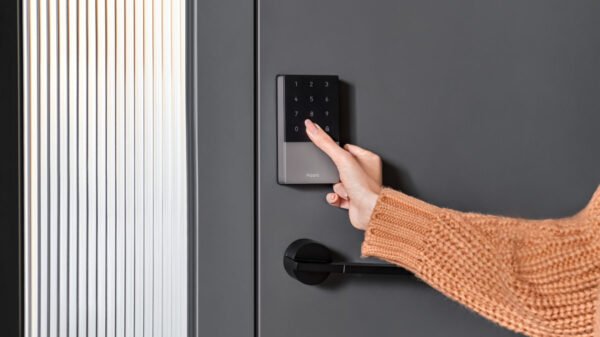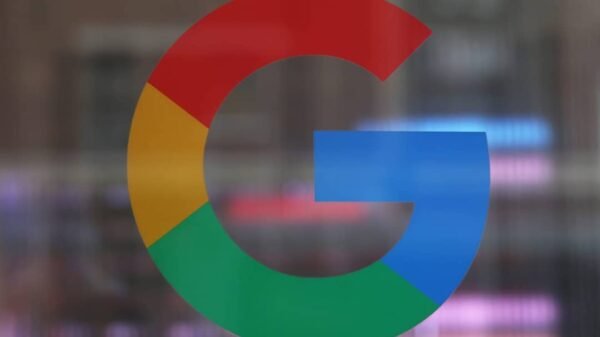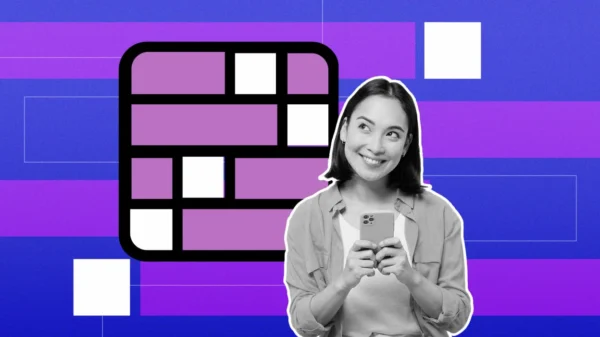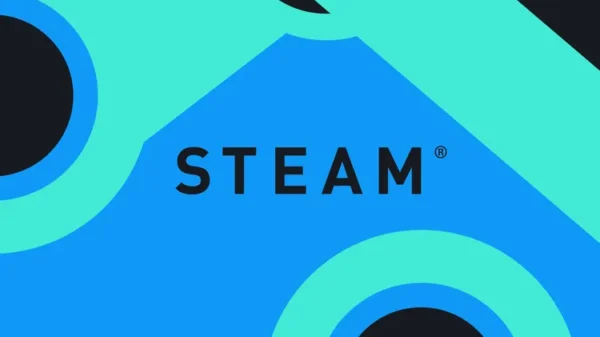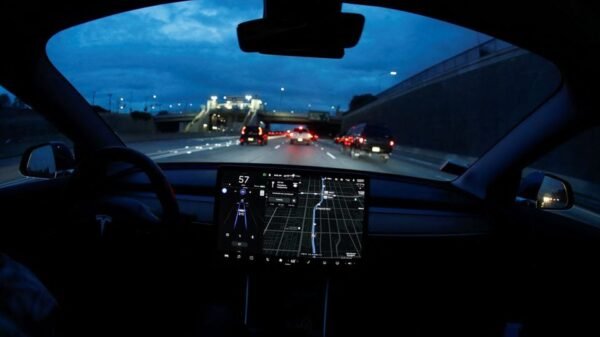Google announced yesterday that they would change the name of their default SMS app from “Messenger” to “Android Messages.” This name change signals the implementation of an important new feature for Google: they are introducing RCS, or Rich Communication Services, to the Android ecosystem, starting by revamping their default messaging application. They’ve also made a handful of other changes to the aging Messenger app: it’s now available to download directly from the Play Store, meaning that users won’t have to wait for their device’s manufacturer to update the application, and they’ve given the app a facelift to match the aesthetic of the newest versions of Android.
This isn’t the first time Google has made changes to their approach to messaging. Last year, Google introduced two new first-party messaging applications to the Play Store: Allo, a so-called “smart” messaging app that includes a slew of features such as predictive replies and the AI-powered Google Assistant, and Duo, a simple-to-use video calling app. These applications arrive in addition to the previously-released Hangouts, meant to integrate SMS messages with Google’s internet-based messaging solutions, and Messenger, the oldest, most ubiquitous, and most feature-light of all of Google’s messaging applications.
Understandably, many users are confused and frustrated by Google’s fragmented approach to messaging. All of the aforementioned applications tout similar features, yet the apps do not cooperate with one another, as Android users can only set one application as the default messaging app at a time. Making the issue even worse, many Android phone manufacturers, such as Samsung, create their own SMS applications for their devices. One of the major issues that users face as a consequence of this fragmentation is that they are unable to determine which features are shared between messaging applications. For instance, Hangouts will alert users when their messages have been read when messages are sent between two users of the Hangouts application, but will not if a user sends a message to a person using some other SMS application.
Google is looking to solve this problem by integrating RCS into their default messaging app. RCS is a new messaging standard, embraced by a variety of carriers, that builds upon SMS and MMS by adding features like read receipts, content sharing, and typing indicators. Although these features are standard in other third-party messaging applications like iMessage, WhatsApp, and Facebook Messanger, these applications require all participants to use the same software to communicate. With RCS, users shouldn’t have to worry about that: the platform is meant to provide features in a platform-agnostic manner, and in the worst-case scenario, messages will simply be converted to the old SMS format.
By investing in the wide-spread adoption of RCS, Google is aiming to compete with Apple’s iMessage software, which offers similar enhanced messaging features across many of their devices. Much to the chagrin of Android users, iPhone users can message one another with confidence that they can take advantage of advanced messaging features. If other manufacturers and carriers participate in conforming to the RCS standard, which Google claims will happen, Android users will be able to message users of devices manufactured by different companies and take advantage of enhanced messages. If Apple adopts the RCS standard, iPhone users could enjoy a similar, if not indistinguishable, experience between messaging other iPhone users and users of Android devices.
But the problem of fragmentation across Google’s messaging offerings remains. Allo and Duo, while introduced only last year, offer many of the same features that RCS promises. As of the time of this writing, it’s unclear whether RCS support will be introduced to Google’s other messaging applications. If not, users will have to yet again switch applications in order to take advantage of the latest features.
Featured image via Openclipart

